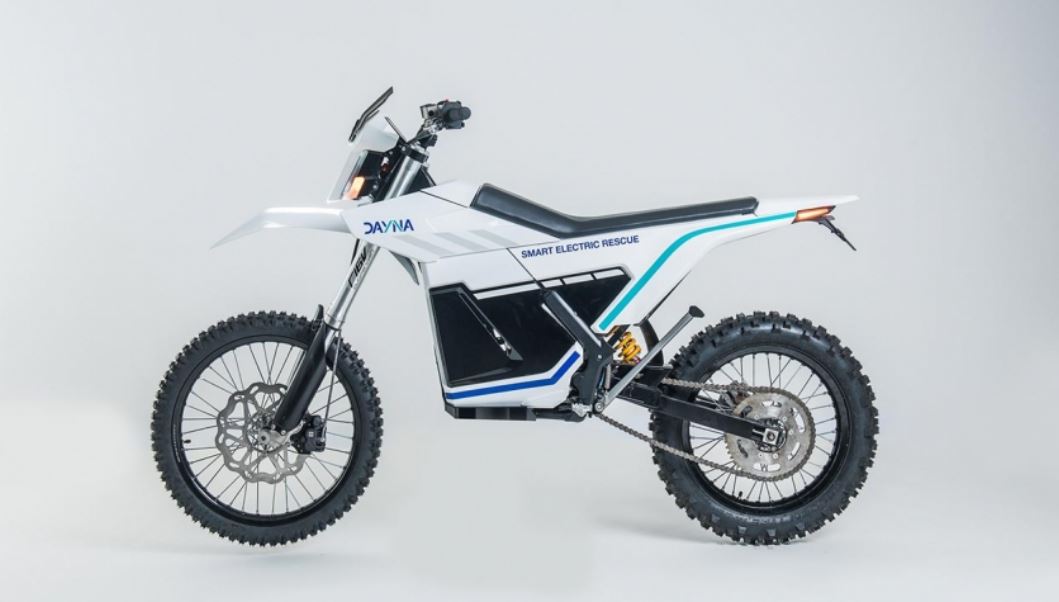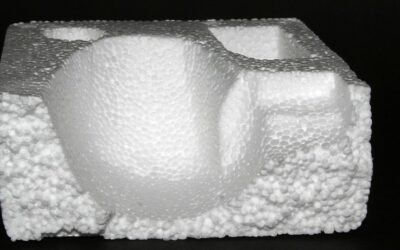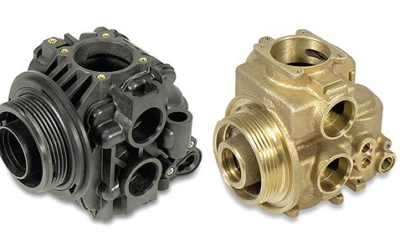The Elisava Racing Team develops a fully electric smart motorcycle equipped for mountain rescue in hostile terrain. This team of engineers and designers, in collaboration with BCN3D, has printed 19 end-use parts for the vehicle using 3D FFF technology and a wide variety of technical materials.
The multidisciplinary Elisava Racing Team is a fusion of industrial design engineers and design students currently working on the development of Dayna, the first electric motorcycle of its kind specifically prepared for mountain rescue. In this task of designing and manufacturing a mountain rescue vehicle equipped to meet any emergency in a hostile environment, the team relied on our resources to manufacture many of the motorcycle’s components, as well as the materials necessary for it.
In the words of Jacobo Mateos, Project Director of the Elisava Racing Team: “With their knowledge of materials and FFF printing technology, the BCN3D team helped us to finish defining the shape of the components to facilitate printing, as well as to configure the pieces so that they had better quality and we could reduce supports and inconveniences when printing. “
The role of 3D printing
This unique motorcycle features a total of 19 end-use parts manufactured using FFF 3D printing technology, for which the Elisava Racing Team selected mostly technical materials. BCN3D’s 3D printing engineering team contributed to the project by advising on the optimization of the design and the components to find their optimal orientation on the printing platform and select the ideal material for each part according to its mechanical requirements.
“With additive manufacturing we have been able to make plastic parts both in materials with and without fiber reinforcement, which has given us freedom when defining the shape of the components that no other manufacturing process would have allowed us,” says Mateos .
ABS was used for motorcycle components in contact with batteries or electronics due to its structural and thermal resistance and its low static load. PA worked well as a material for those parts where resistance to friction and wear were essential.
To meet the requirements of the most mechanically demanding components, composite materials with a percentage of fiber loading were used, especially PAHT CF30.
PPGF15 was also used for, for example, the manufacture of the fender, one of the parts most prone to breakage due to impacts and friction. This material, able to withstand such movements, is also very beneficial in this case because it is lighter than PAHT, and the fender is the largest piece of those printed for this vehicle.
The exceptional properties of these materials together with a careful printing work aimed at increasing the strength of each part has allowed all components to function perfectly despite the high structural expectations of each one.
“Thanks to fiber-reinforced materials, both glass and carbon, we were able to implement the pieces we wanted, with the versatility in the shape of each piece that FDM printing allows us to obtain,” says Jacobo Mateos.
To ensure good results with these technical materials, the team used BCN3D’s latest and largest 3D printer, the Epsilon W50. Its large print volume ensured that the large volume parts required for the bike, such as the fender and fork cover, could be manufactured without space constraints. By being able to use the mirror printing mode, which allows symmetrically reflected designs to be simultaneously printed, the team saved a lot of time, and the new BVOH backing material provided better quality results and faster iteration, which in turn increased the profitability of the case. As for post-processing, after printing the parts were sanded to a smoother finish.
“During the design process we were able to quickly iterate, evaluating the shape, finish and functionality of each component with great agility, regardless of the material or manufacturing process that was used in the final piece,” explains the Project Director of the Elisava Racing Team.
Future plans for Dayna and the Elisava Racing Team
For the eight students that make up the team, 2021 brings the challenge of working as an R&D department and continuing to complete the development of Dayna. This will involve taking advantage of the smart capabilities and rescue functionality of the vehicle, as well as designing and rethinking components to take full advantage of new manufacturing methods, and they will return to the Barcelona Smart Moto Challenge, where they compete to develop the best electric motorcycle on the market. against some of the best teams of engineering students from around the world. The Elisava Racing Team hopes to be able to demonstrate their talent, gain recognition for their efforts and secure a prominent place among other university competitors. And, of course, within its future plans the team also aspires to develop a commercial product.
Beyond standard materials and prototyping, the innovative work of the Elisava Racing Team perfectly illustrates the many advantages of 3D printing: working with strong and resistant materials; suitability for end-use parts; possibility of fast iteration; time and cost efficiency. Using technical materials for end-use parts and putting them to the test in the harshest environments is the definitive demonstration, and the results of this case leave no doubt about their effectiveness.





